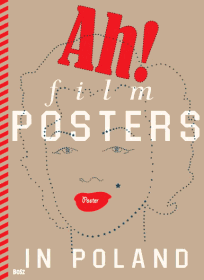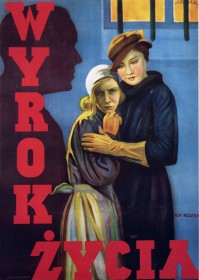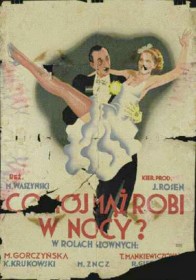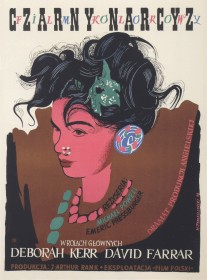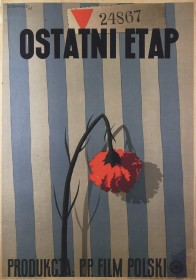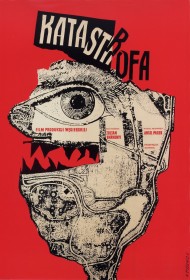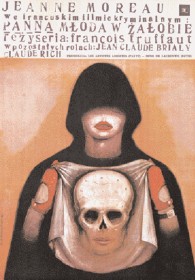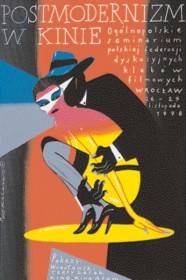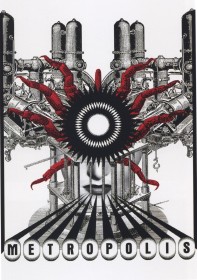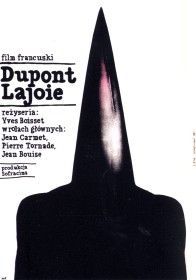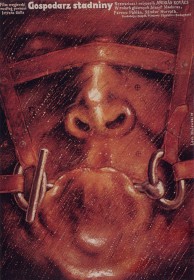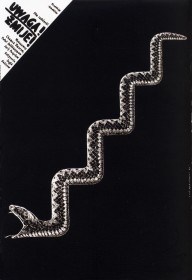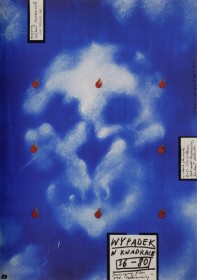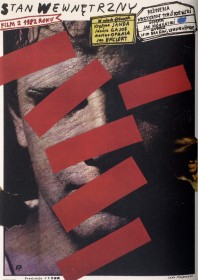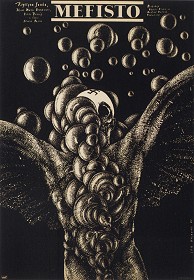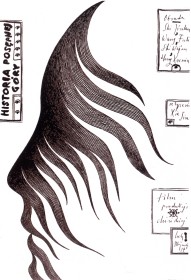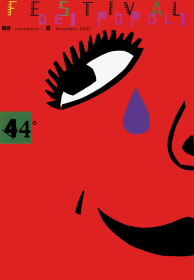|
Shortly after the Second World War, a seemingly unimportant event took place during a few meetings between some polish poster designers
like Tadeusz Trepkowski, Henryk Tomaszewski and Eryk Lipinski and the new communist rulers of the country, during which the artists managed
to obtain some limited freedom to design posters as they wanted, as long as they did not attack the state.
However, the agreement had long lasting and worldwide consequences: The artists, building on a strong poster tradition that existed in Poland even before the war (the book shows many examples of pre-war polish movie posters)
used the possibilities to the hilt, and established an entirely new type of posters that later became known as "the school of polish
poster design". It was so successfull, no doubt because it also received ample state support, that it led to the world's first poster museum in Wilanow,
and the International Poster Bienniale in Warsaw which beamed the the polish influence not only to the countries behind the Iron Curtain, but throughout
the world, to Japan, Cuba, Switzerland, France, Mexico, Iran. World poster design in the second half of the 20. century would have taken a different
course without the polish contribution. Movie posters and theater posters were among the first fields to be conquered, while political posters
were never popular in Poland, and product posters almost entirely absent. The new style was much closer to art than to advertising, and far
away from the global movie poster style prevalent in the rest of the world.
This unique development begs to be analyzed and documented, in particular because it changed course again when the communist rule ended in 1989.
To write another book was not so easy however, as Krzysztof Dydo, the collector and poster specialist from Cracow had already published, in 1996,
a comprehensive volume on polish film posters. Warsaw's answer was to assemble the combined talent of it's leading poster people to write
an updated version: Renowned art historian Dorota Folga-Januszewska,
deputy head of the National Museum in Warsaw, Maria Kurpik, head of the Wilanow Poster Museum, and
|
